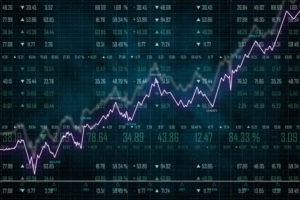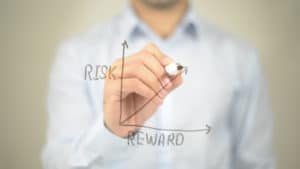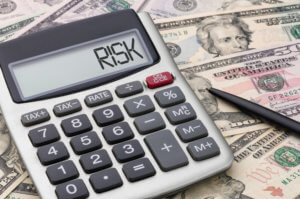What is Leverage?
Leverage trading, AKA Margin trading involves borrowing extra funds to increase a trader’s bet while they trade. In this aggressive mode of trading, traders take more risk while expecting for additional rewards. This is done by the traders only when they think the odds are in their favor. Leverages is basically represented as a ratio or with an ‘X’ next to the times of leverage. For instance, to take a trade what is double the size of the amount you want to risk, you are essentially taking leverage of 2:1 or 2x.
The main leveraged products available today for Forex traders are spread betting and contract for difference (CFDs). Other products include options, futures, and some exchange-traded funds (ETFs). Before using leverage, a trader needs to understand the risk associated with it. Controlling risk means having money management principles that can be used on a daily basis. Since leverage trading can be risky, as losses can exceed your initial investment, there are appropriate money management tools that can be used to reduce your potential losses. Now let’s look at a few of these tools.
Money management rules
Using stops
Putting a stop-loss to your position can restrict your losses if the price moves against you. As mentioned in previous articles, markets move quickly, and certain conditions may result in your stop-loss not being triggered at the price you’ve set. Do not forget to trail your stop-loss after you get in a profitable position. By trailing your stop-loss, you will be able to lock in the profits you have made on your trade. There is no need to monitor your position nor the need to adjust your stop-loss manually.
The right risk to reward ratio
The risk to reward ratio can be calculated by taking the total potential profit and then dividing it by the potential loss. You need to calculate risk based on your trading capital (risking not more than 2% of trading capital) and the leverage that you use to trade, as the leverage can alter your stop-loss.
Choosing the right leverage level
It is hard to determine the right margin level for a trader as it depends on trading strategy and the overall market volatility. But from a risk perspective, there is a maximum level of margin that one should use in order not to overexpose themselves to the market. It is seen that scalpers and breakout traders use high leverage when compared to positional traders, who often trade with low leverage. Irrespective of the type of trader you are, you should choose the level of leverage that makes you most comfortable. Since forex brokers provide a maximum leverage of 1:500, newcomers find it attractive and start trading with that amount of leverage, which is very dangerous.
If you are a novice trader, the optimal leverage to use in Forex should be below 10X. But if you are an experienced trader and are extremely sure about the trade you are about to take, the maximum you can go up to is 50X. But as discussed, Forex brokers offer a maximum leverage of 500X and some time more too. But it is advisable not to go that far until and unless you have the appetite to take that risk. By using less leverage, you can still trade even after having a series of losses in the market as you are taking a calculated risk.
Bottom line
A simple rule to keep in mind is that you shouldn’t be risking more than you can afford in the market. You can open a special type of account with a forex broker known as limited-risk accounts, which ensures that all your positions have a guaranteed stop. They decide your account type and leverage based on the information you give them while opening an account. Hence, leverage can be used successfully and profitably with proper money management techniques.





